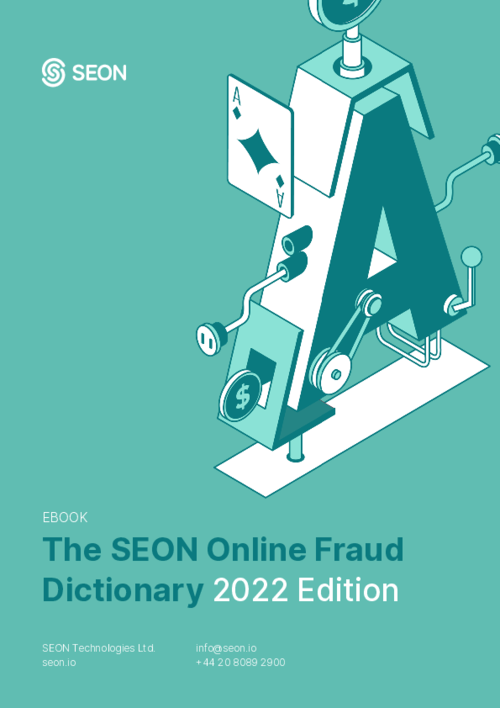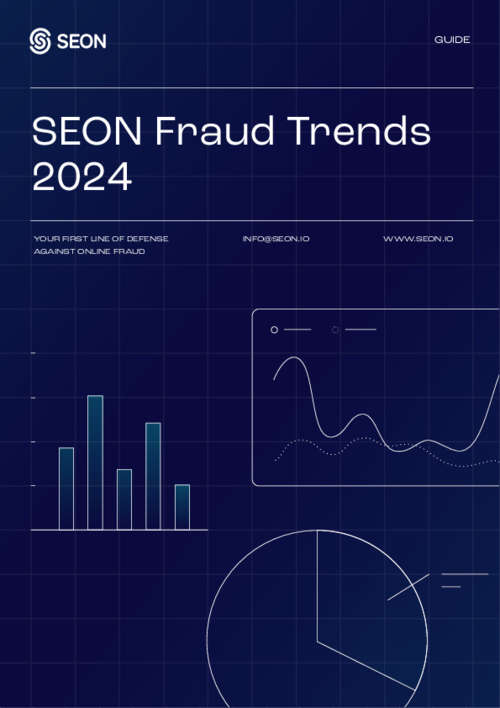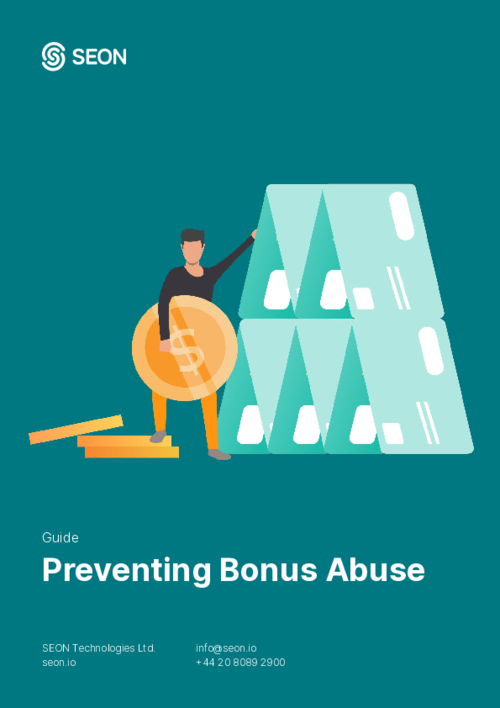What do you like best about SEON. Fraud Fighters?
I’ve been using SEON daily as part of my role in Trust & Safety and Onboarding Risk Management, mainly to prevent fraud, verify identities, and flag suspicious activities across different regions and user types. It’s a core part of my workflow and plays a key role in both manual investigations and automated decisions.
Overall, it’s a reliable, versatile tool that delivers daily value and helps streamline fraud detection efforts across different touchpoints.
What I like most:
I use it every day and it keeps proving useful: SEON has become a daily tool in my fraud prevention process, thanks to its quick insights and reliable data aggregation. It consistently supports both immediate reviews and ongoing fraud monitoring.
User-friendly interface and smooth integration: SEON is easy to navigate, even for team members without a strong technical background. Its dashboards are clean, with well-organized data that speeds up investigations.
Comprehensive signals in one place: One of SEON’s biggest strengths is how it aggregates different data points—IP address, email, phone number, device fingerprinting, social media lookups—into a single report. This saves a lot of time when investigating suspicious users or transactions.
Customizable rules engine: I appreciate being able to tailor rules and thresholds to fit our internal fraud patterns. It gives flexibility without depending too much on external teams or developers.
Excellent customer support: Their support team has been extremely responsive and helpful, whether it’s troubleshooting technical issues, helping us understand certain data signals, or assisting with rule configurations. Their guidance really stands out.
Helps reduce false negatives: SEON has successfully flagged fraudulent suppliers, especially in high-risk regions, where manual checks might have missed patterns like mismatched phone numbers or disposable emails. Review collected by and hosted on G2.com.
What do you dislike about SEON. Fraud Fighters?
Areas for improvement:
Ease of implementation can be tricky: While SEON integrates well once set up, getting it properly implemented required more time and internal resources than we initially expected. Some technical configurations, especially around API calls and user ID settings, took longer to get right.
Some data gaps in specific regions: While SEON covers a wide range of signals, I’ve noticed weaker data on certain IPs, phone carriers, or email domains in regions like Southeast Asia or parts of Africa. In these cases, we’ve had to complement checks with additional tools.
Overly strict default rules: Some default settings led to false positives early on. It took a few iterations of fine-tuning to balance security with user experience, especially during onboarding.
Advanced customization could be more accessible: Building more complex workflows or adapting custom signals sometimes requires deeper technical skills or more documentation. Review collected by and hosted on G2.com.




















